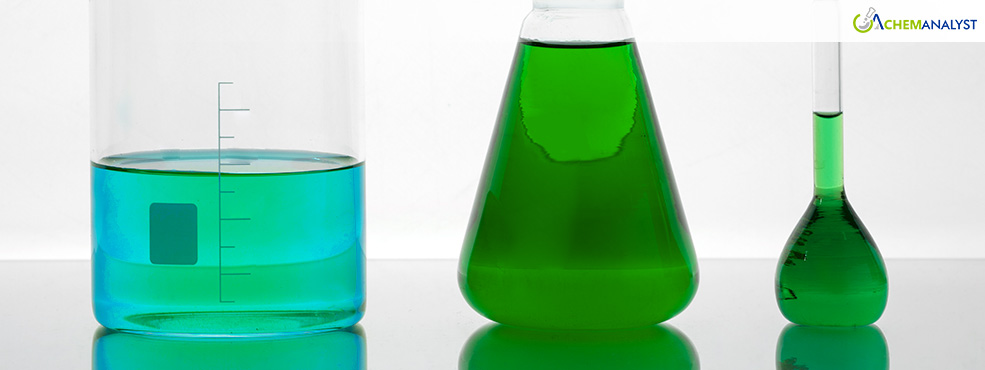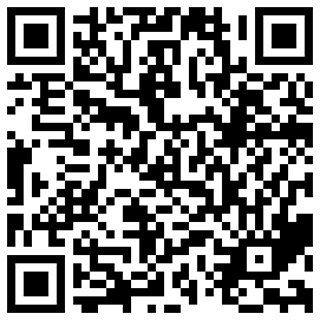Global Lactic Acid Prices Surge Amid Rising Demand and Trade Tensions
- 07-Mar-2025 5:15 PM
- Journalist: Peter Schmidt
During February, the global prices of Lactic Acid saw a significant rise, influenced by a mix of factors. The increased demand from various industries, including food and beverage, pharmaceuticals, and personal care, coupled with restricted availability, fueled this upward trend. Consequently, businesses in the market raise their prices to take advantage of the situation whereby most are relatively positive and upbeat.
In China, the increase in Lactic Acid prices was closely tied to a significant boost in factory activity. The February PMI released by the country displayed a value of 50.2 which surpassed its previous reading of 49.1 and indicated the swiftest industrial expansion since December. The numbers rose because manufacturers placed increased orders with enhanced purchasing volumes when migrant workers began their post-Lunar New Year holiday employment. The expanding nutraceutical and food industries escalated their usage of Lactic Acid from manufacturing sources to push supply constraints and heighten price levels. New government stimulus initiatives for economic recovery have brought increased market confidence which strengthens the upward price trajectory.
The rising trade conflict between the United States and China has caused major price fluctuations of Lactic Acid throughout the U.S. market. The U.S. introduced a 10% tariff on Chinese imports through a new policy on February 1, 2025, which worsened supply chain conditions. Companies that obtained Lactic Acid from China faced increased procurement costs since China functions as a primary Lactic Acid supplier. The price adjustments from suppliers caused them to pass on the increased expenses throughout the supply chain. The ongoing trade policies resulted in higher Lactic Acid prices for both buying and end-user organizations who faced the economic impact of these policies.
The escalating trade dispute between China and the United States has led experts to predict that China might shift its import direction toward Europe which could boost Lactic Acid market demand in the region. European markets experience no cost pressures from transpacific trade routes because they lack the tariff restrictions that affect those routes. The Lunar New Year period brought significant price reductions to shipping costs between Asia and Europe and the Mediterranean region as rates decreased by almost 45% since January. The decreased freight rates have transformed Europe into an attractive market for Chinese exports which resulted in higher import volumes and stronger Lactic Acid market demand. The combination of increased purchasing and supply chain modifications has driven European market Lactic Acid prices upward.
The global Lactic Acid price will maintain its upward trajectory because major markets demonstrate robust demand patterns. Multiple factors including supply chain difficulties and trade pattern changes and resource scarcity competition drive the rising global Lactic Acid prices. The market faces additional complexity because experts predict Trump's anticipated policies will lead to increased tariffs on Chinese imports. Market pressure will increase because of these potential measures. The upcoming months will bring a volatile and expensive market environment for businesses that depend on Lactic Acid.



